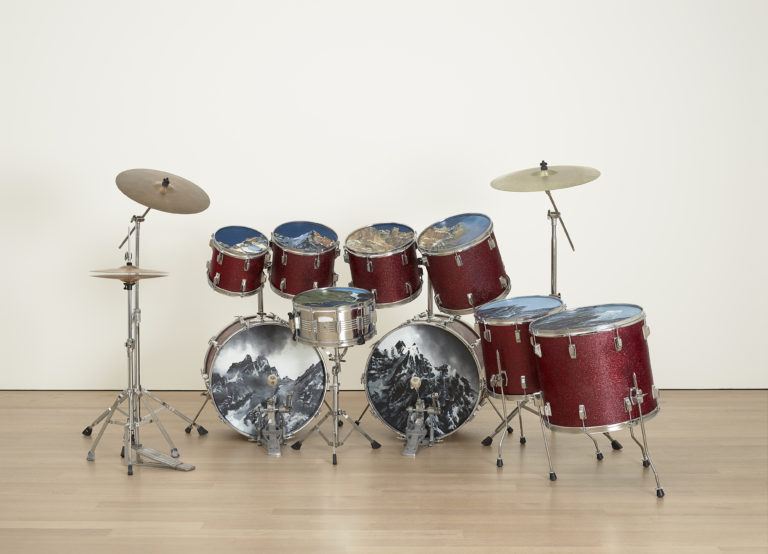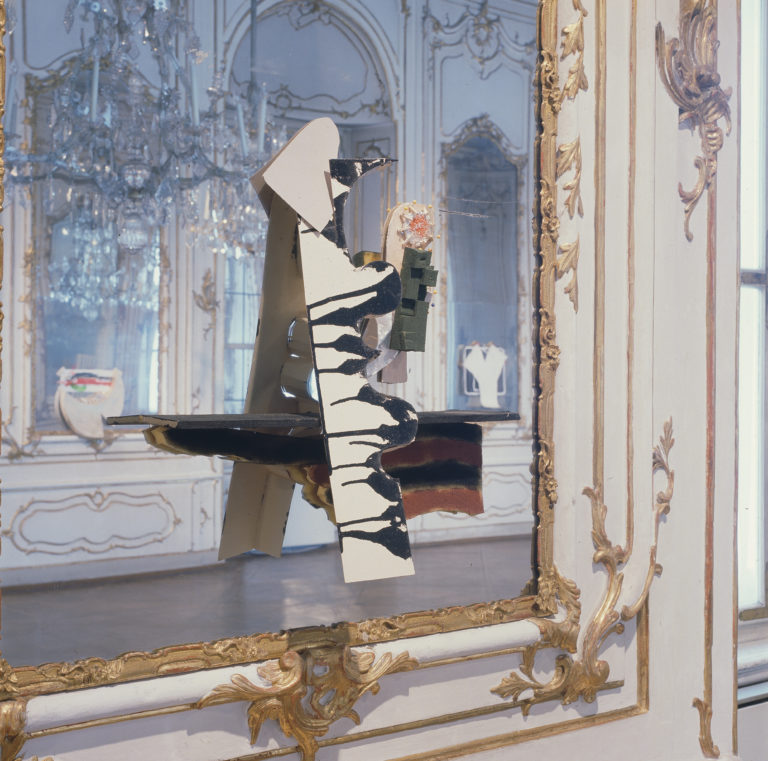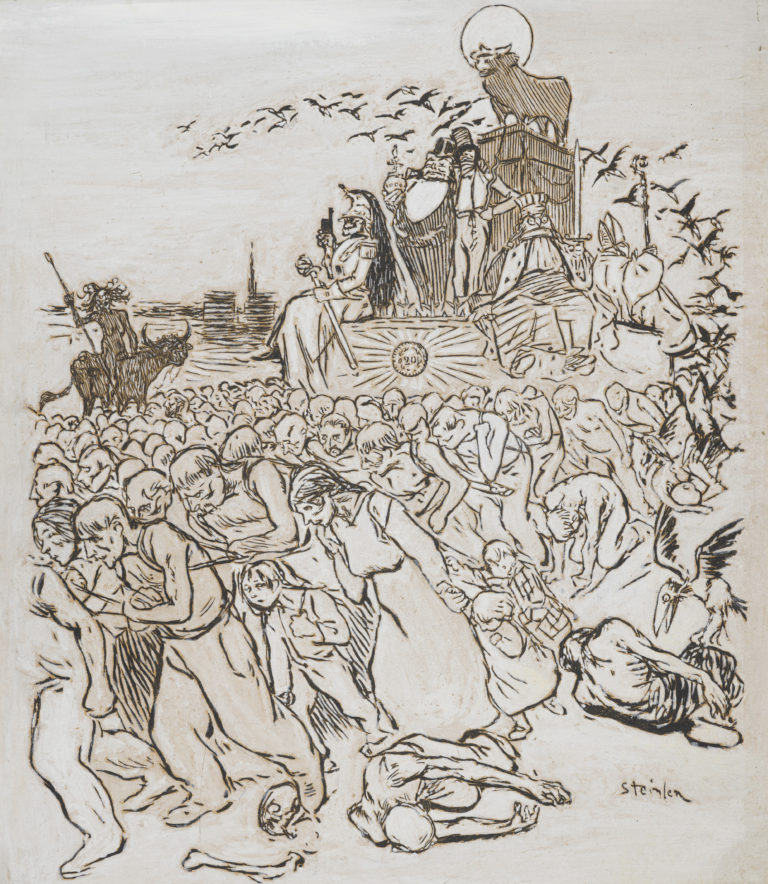Bibliography
Jacqueline Porret-Forel, with the assistance of Céline Muzelle, Aloïse Corbaz (1886–1964). Catalogue raisonné électronique (www.aloise-corbaz.ch), Chigny Fondation Aloïse, Zurich, Institut suisse pour l’étude de l’art, 2012: n. 194.03v.
Jacqueline Porret-Forel and Céline Muzelle, foreword by Pascale Marini, Sarah Lombardi and Catherine Lepdor, Aloïse. Le ricochet solaire, Milan, 5 Continents Editions, 2012.
Jacqueline Porret-Forel, Aloïse et le théâtre de l’univers, Geneva, Éditions d’Art Albert Skira, 1993.



Throughout her life, Aloïse was fascinated by needle and thread. Trained at the Professional Couture School in Lausanne, she made her dresses herself and was renowned for her elegance. When interned in an asylum at Gimel, she spontaneously volunteered to mend and iron the linen there. This occupation allowed her to isolate herself in a small room where she made her drawings. That was where she kept her material, including coloured crayons, geranium petals and toothpaste, which, when moistened, served as pigments.
Starting in the early 1940s, Aloïse made several-metre-long rolls from recuperated packaging or wrapping paper, which she ironed flat and patched up, then glued or sewed together. These enlarged formats enabled her to tell her stories in episodes, continuing from one side of the support to the other. In these she also included illustrations cut out from newspapers, postage stamps and labels.
This drawing comes from the roll titled Le Réveillon avec toi, consisting of seven metres of sheets sewn together with strands of wool, then strengthened with adhesive paper. At the top and bottom, Aloïse integrated advertising images of elegant women. The word ‘Fath’, together with that of ‘Sphinx’, is no doubt an allusion to Jacques Fath, a great French couturier of the post-war years. In the middle, two lovers are placed beneath a canopy adorned with a royal crown. Their faces are whitened, their eyes blinded with blue. They are being carried away in a carrousel pulled by four little horses positioned in the corners. This is the élan of the eroticism manifested here by the woman’s breasts covered with roses and, above all, by the great big gold sabre emerging from her lover’s uniform, which she touches with one of her ringed hands. Here the artist demonstrates her remarkable sense of ‘suture’, managing to keep supports and images together by her talents as a handywoman and by the power of her vision.